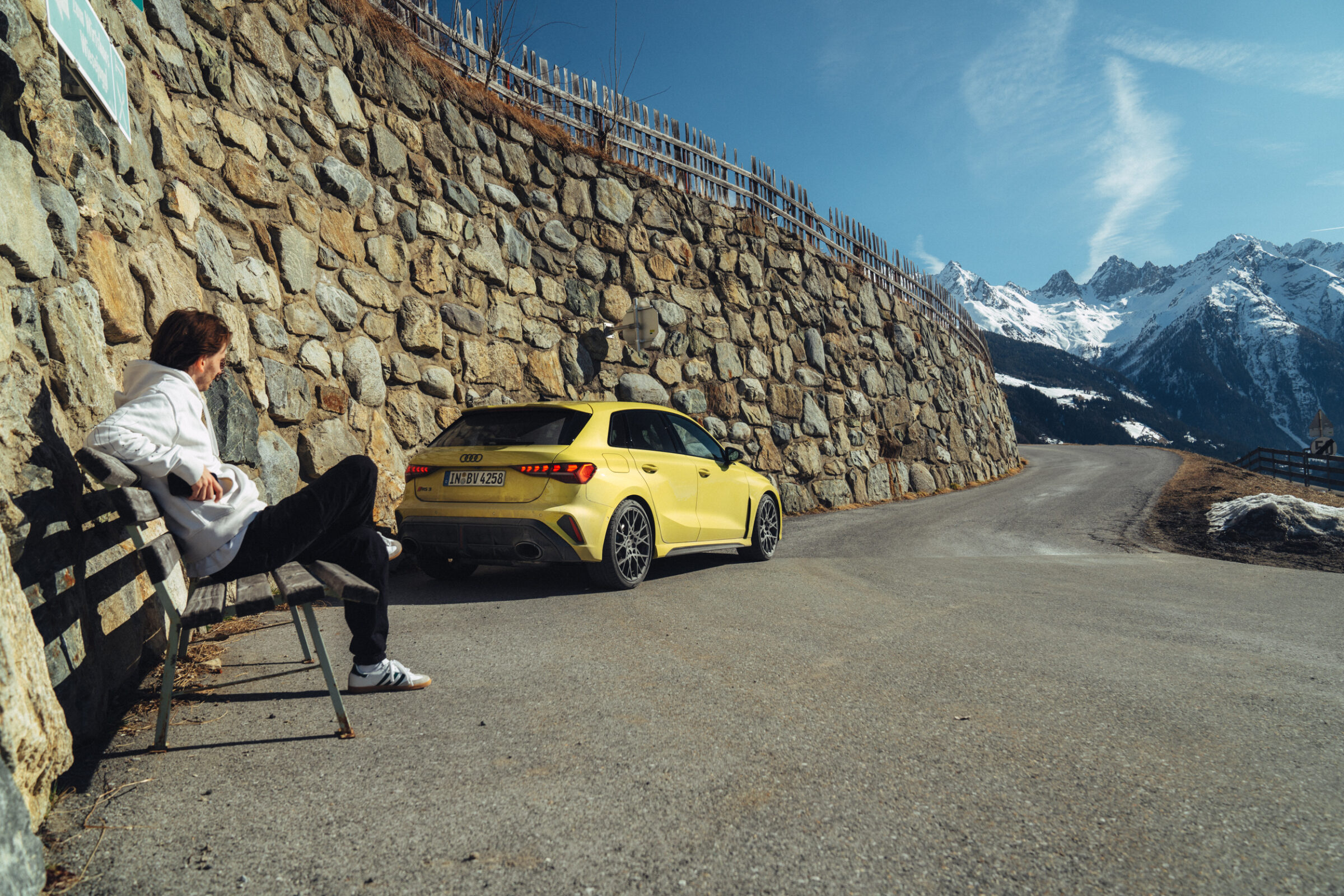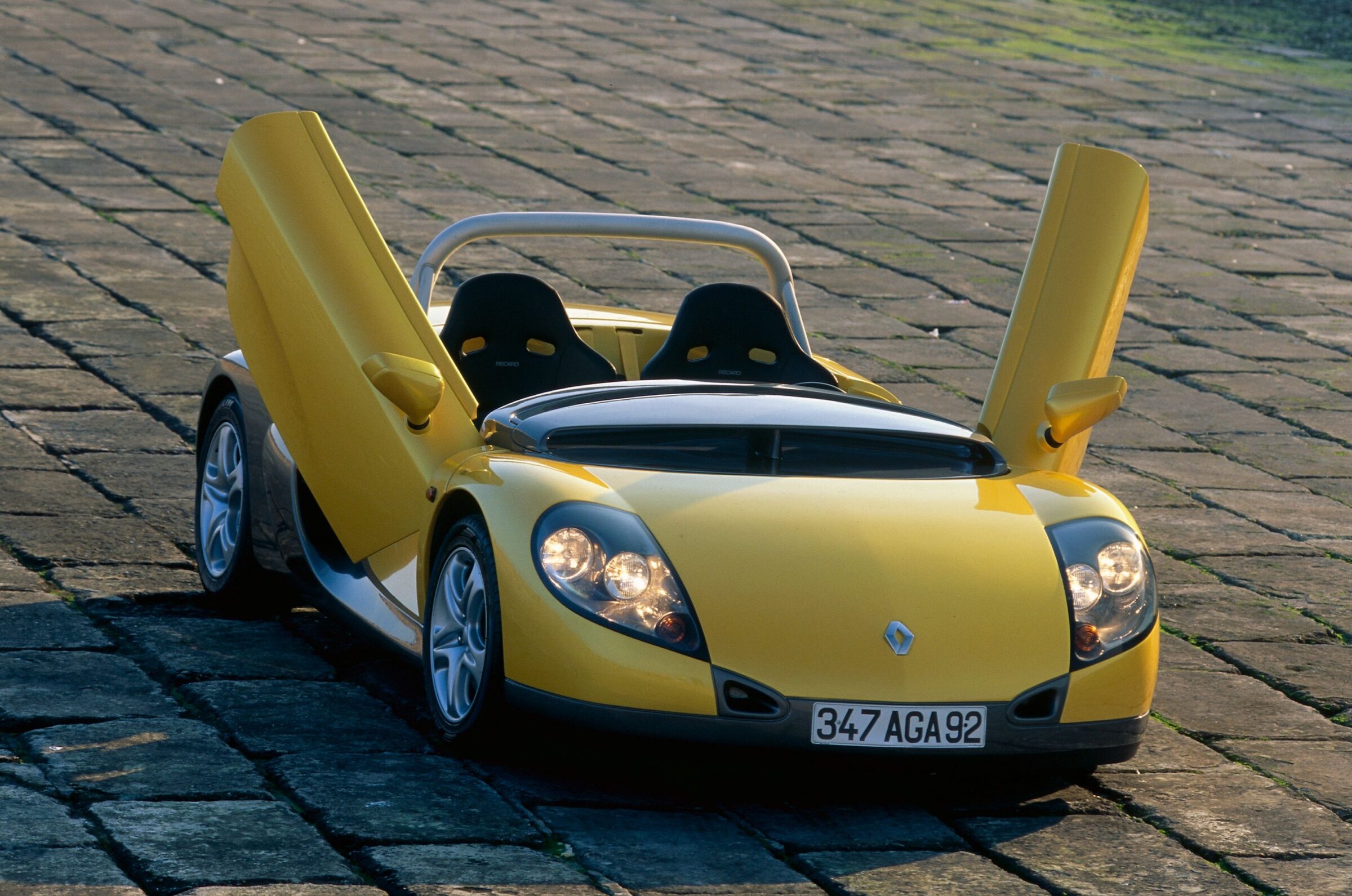Isuzu Bellel
Today’s motorists either don’t know Isuzu at all or only for their off-road vehicles. The latter are particularly suitable for horse and boat owners, as they have a high towing capacity. In addition to off-road cars, Isuzu also produces lorries and busses, which are especially well-known in Asia and Africa. The roots of the brand go back to 1916. At that time, a cooperation began between the Ishikawajima shipyard and the Tokyo Gas and Electricity Works. Vehicles for line maintenance were jointly produced. Two years after the merger, cars from the British manufacturer Wolseley were sold under license and, from 1922, they were also built in Japan. In 1929, the car division was spun off as an independent company, “Ishikawajima Jidōsha Seisakusho”. The name “Isuzu” appeared for the first time in 1934, but mainly only for individual model series. It wasn’t until 15 years later that the company was renamed Isuzu. This name comes from the river of the same name at Ise Shrine.
Joint ventures followed by GM era
The name Isuzu roughly translates as “fifty bells”. This led to model names such as Bellel and Bellett. From 1953, the Hillman Minx mid-size sedan was produced in Japan as the Isuzu Minx. In the early 1960s, a separation from the British Rootes group took place. This was followed by around half a decade of in-house developments, before the Japanese government sought to thin out Japanese car industry from 1966 onwards. Isuzu worked in joint ventures with Fuji Heavy Industries (Subaru), Mitsubishi and Nissan for about a year each, before General Motors joined Isuzu in 1971. As a result of this American participation, the Japanese brand was no longer allowed to compete in many markets against sister companies, which were already established there. In the end, the only thing left to do was to specialize in the off-road vehicle sector and in buses and trucks. In 2006, General Motors sold its shares in Isuzu.
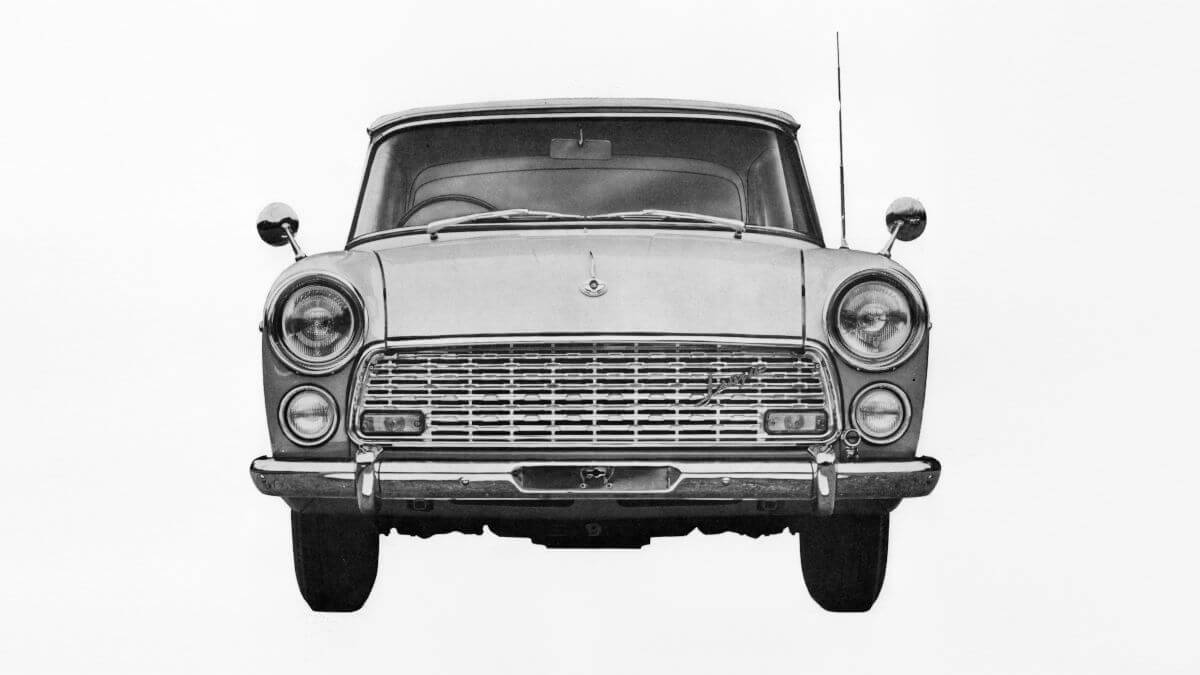

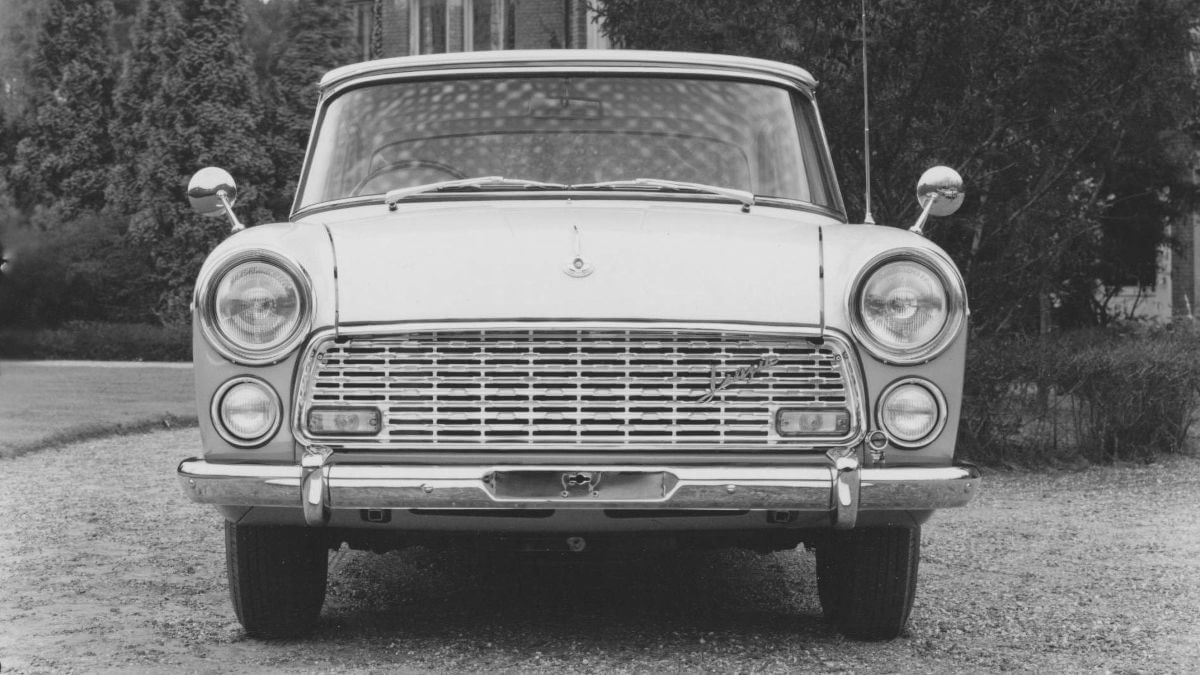





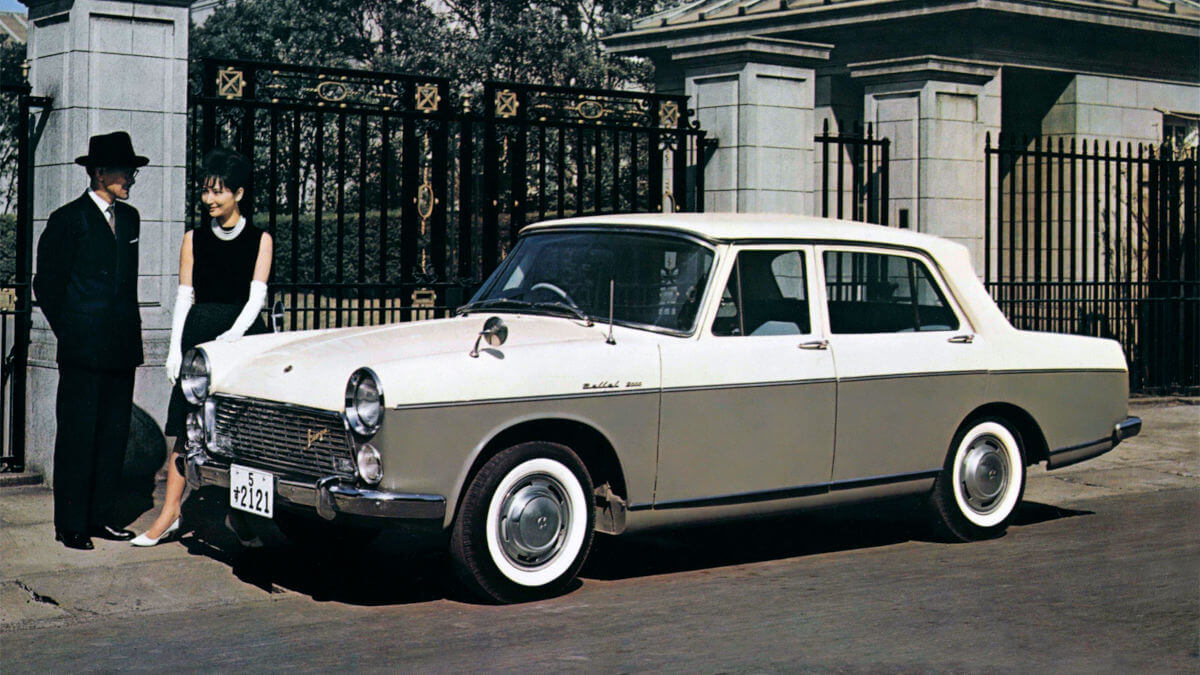

Three engines
60 years ago, Isuzu’s first car model to be developed and manufactured entirely in-house appeared in the form of the Bellel. The pronunciation “Bell El” referred to the Roman numeral L for 50, thus indicating the English meaning of the brand name already mentioned. The mid-size sedan replaced the Minx mentioned above. Initially, the four-door sedan was only available with a two-liter four-cylinder engine. 86 SAE-hp and 150 Nm of torque were enough to propel it to a topspeed of up to 84.5 mph. In addition to the standard one-color version, the Bellel was also available as a Deluxe with two-color paint. During the production period, a 1.5-liter gasoline engine with 73 SAE-hp and a diesel engine with 56 SAE-hp from two liters of displacement were added. Both gasoline engines already had Bosch fuel injection and, like the diesel, a partially synchronized four-speed transmission. The chassis was largely the same as the Hillman Minx.
37,000 units in five years
In addition to the sedan, there was also a station wagon version called Express, which was offered exclusively with a diesel engine. A facelift took place in October 1965, which added new, vertically arranged twin headlights and a rounded radiator grille to the vehicle. The diesel engine, the first to be installed in a Japanese production car, made the Isuzu Bellel particularly popular as a taxi cab. A total of 37,206 units of the Bellel were built by May 1967, some of them also with left-hand drive for export. The Isuzu Florian debuted as the successor model, of which two model generations were produced. Between 1963 and 1973, the more compact Bellett series rolled off the assembly line parallel to the Bellel. The model name was intended to be a trivialization of Bellel, indicating that it was a smaller vehicle.
Images: Isuzu, archive Secret Classics


